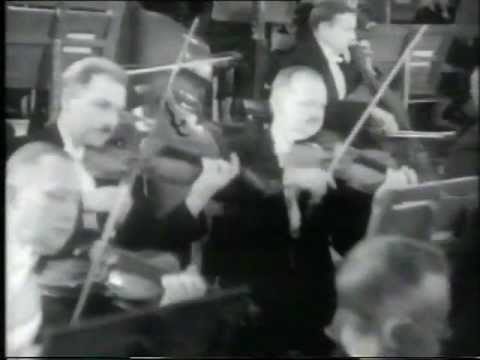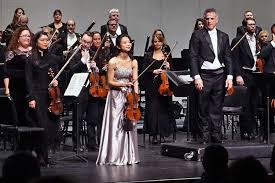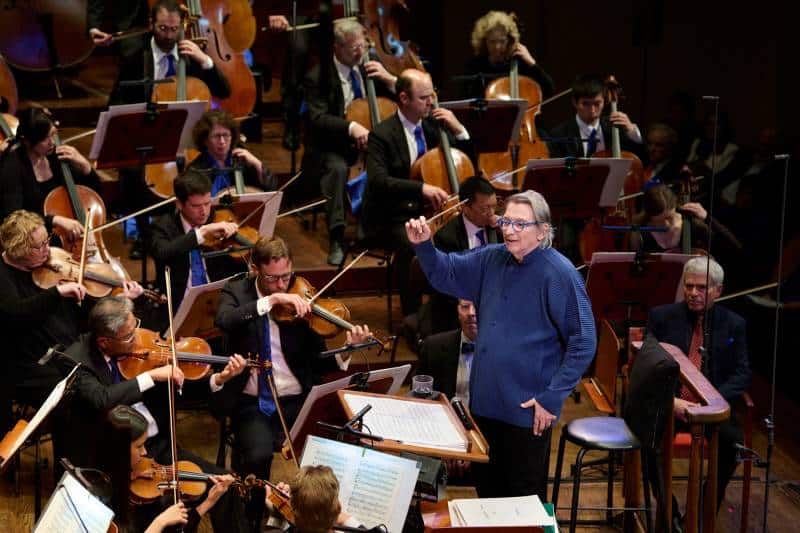Germany’s first sound film was…. a Wagner opera
OperaIn his 150th birthday week, we share film of the composer Leo Blech conducting Wagner’s Meistersinger in 1929, the first sound film to be made in Germany.
Blech, who left Germany under the Nazis, returned in 1949 as conductor of Berlin’s Städtische Oper.
He died in 1958.
And this is one of Blech’s scores:






Comments